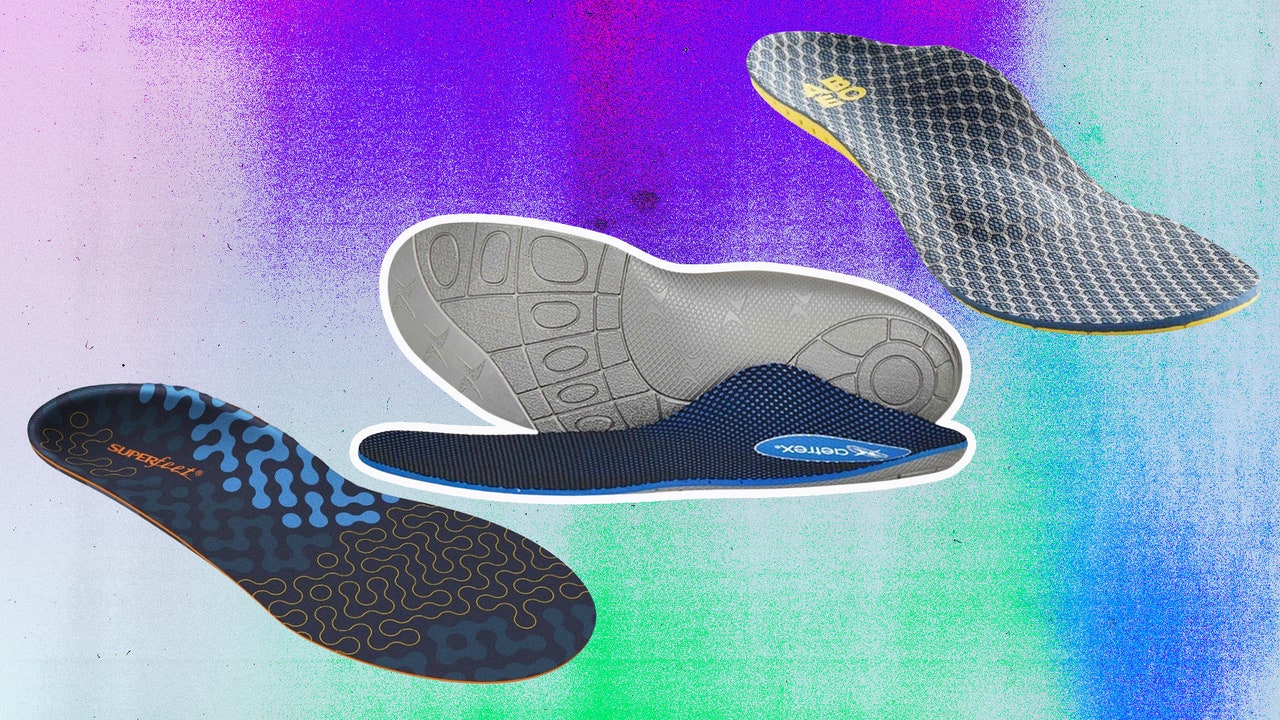Normal pronation: Even people with medium or “normal” arches can benefit from shoe inserts to improve the positioning of their knees, per Irolla, especially if they have back or knee pain. (Although, it’s best to always talk to your doctor first if you’re in search of pain relief.)
How To Choose How Much Arch Support You Need
You can often visually see this—those with high arches will have clear space under their foot between the toes and the heel when they stand normally; those with low arches will have little to no space. And if you’ve ever been fitted for running shoes, this is often something the sales associate will share with you as it also helps guide you to the right shoes for your arches. (Which, btw, the experts suggest starting with getting fitted for the right running shoes and then looking for insoles if you still need them, so you don’t end up overcorrecting!)
Another way to know if you have low arches is to do a single-leg squat in front of a mirror: If the knee of the standing leg caves inwards as the arch flattens, that could be a sign you need more support on the inside of your foot, Irolla says. (FYI: It might also signal that you could benefit from some hip strengthening.) Sometimes you can even see the knee cave when looking at photos or videos of yourself running, she adds.
While Lane points out that it’s always best to consult with your doctor, podiatrist, or physical therapist first, below are some insoles for running that are worth consideration.
How We Tested Insoles for Running
We talked to three experts in the orthodics, podiatry, and physical therapy to find out who needs insoles and the most important factors to consider when selecting insoles for running. From there, we extensively researched available options on the market and had two testers try them out to get first-hand reviews.
How to Choose the Best Insoles for Running
Consider the following aspects when choosing insoles for running, according to the experts:
Arch type: This is inarguably the most crucial factor to consider. You’ll want to identify if you have low, medium, or high arches (see above) and then look for those buzzwords on the insole packaging.
Breathable materials: Let’s be real: Especially if these bad boys are going to be in your running shoes, you’ll want some way to prevent stinkiness. The models on this list boast “moisture-wicking” and “breathable” materials, terms we looked for.
Firmness: “An orthotic needs to be firm because our body weight is on our feet and there’s too many over-the-counter ones that just smosh down when a person stands on them,” Dr. Tulpule says, which, “kind of defeats the purpose of controlling the biomechanics.”

